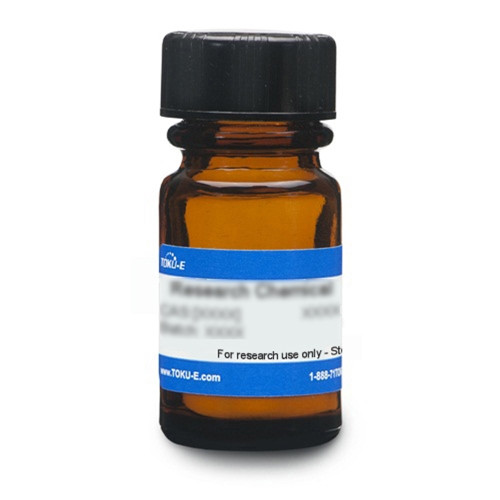Nintedanib Ethanesulfonate Salt is an organosulfonate salt obtained by combining Nintedanib with one molar equivalent of ethanesulfonic acid. Nintedanib is an indolinone derivative and small molecule tyrosine-kinase inhibitor, inhibiting endothelial growth factor activity in enzymatic assays. It targets vascular endothelial growth factor receptor (VEGFR) 1-3, fibroblast growth factor receptor (FGFR), and platelet-derived growth factor receptor (PDGFR) α and β, which may result cell apoptosis, a reduction in tumor vasculature; and the inhibition of tumor cell proliferation and migration. This agent also inhibits some Src family of tyrosine kinases, including Src, Lck, Lyn, and FLT-3
| Mechanism of Action | Nintedanib binds to the ATP-binding site in the cleft between the amino and carboxy terminal lobes of the kinase domain . Nintedanib binds to and blocks the activation of cell receptors involved in blood vessel formation (angiogenesis) and reshaping. It inhibits cell proliferation in 3 cell types: endothelial cells, pericytes, and smooth muscle cells, resulting in apoptosis. The compound blocks the intracellular signalling needed for the proliferation, migration and transformation of fibroblasts. |
| Eukaryotic Cell Culture Applications | In vitro biochemical signaling pathway modulation studies found a distinct feature in cell culture is sustained pathway inhibition (up to 32 hrs after 1 hr of exposure). Tumor cell lines FaDu, Caki-1, HT-29, SKOV-3, H460, Calu-6, PAC-12, and the rat glioma cell line GS-9L were used in this study. Treatment of VEGF-stimulated human endothelial cells from umbilical veins and human skin microvessels with the compound resulted in inhibition of cell proliferation and apoptosis (EC50, <10 nmol/L). Pericytes, important for vessel maturation and stabilization, are known to express PDGFRs, and Nintedanib inhibited proliferation of PDGF-BB–stimulated BRPs (EC50 79 nmol/L).(Hilberg et al, 2008) In vitro model with stromal cells collected from fibroblasts and myofibroblasts were exposed to Nintedanib to study Idiopathic Pulmonary Fibrosis. The compound was added to the culture medium 0.1-0.5 uM). Cell number was evaluated after 1,3, and 7 days using an MTT assay. Nintedanib reduced the proliferation of fibroblastic cells with no sign of acute toxicity. The compounds also inhibited myofibroblastic ultrastructural features, affected contraction of 3D collagen gels and the invasive capabilities. Cell culture methods may be useful in drug screening for this disease (Lehtonen et al, 2016). |
| Cancer Applications | Nintedanib exerts its anti-cancer effect by binding to and blocking the activation of cell receptors involved in tumor blood vessel formation and reshaping, |
| Molecular Formula | C31H33N5O4 • C2H6O3S |
| References | Hilberg F et al (2008) BIBF 1120: Triple angiokinase inhibitor with sustained receptor blockade and good antitumor efficacy. Cancer Res. 68(12):4774-4782. PMID 18559524 Lehtonen, ST et al (2016) Pirfenidone and nintedanib modulate properties of fibroblasts and myofibroblasts in idiopathic pulmonary fibrosis. Resp. Res.17(14) DOI 10.1186. PMID 26846335 |



